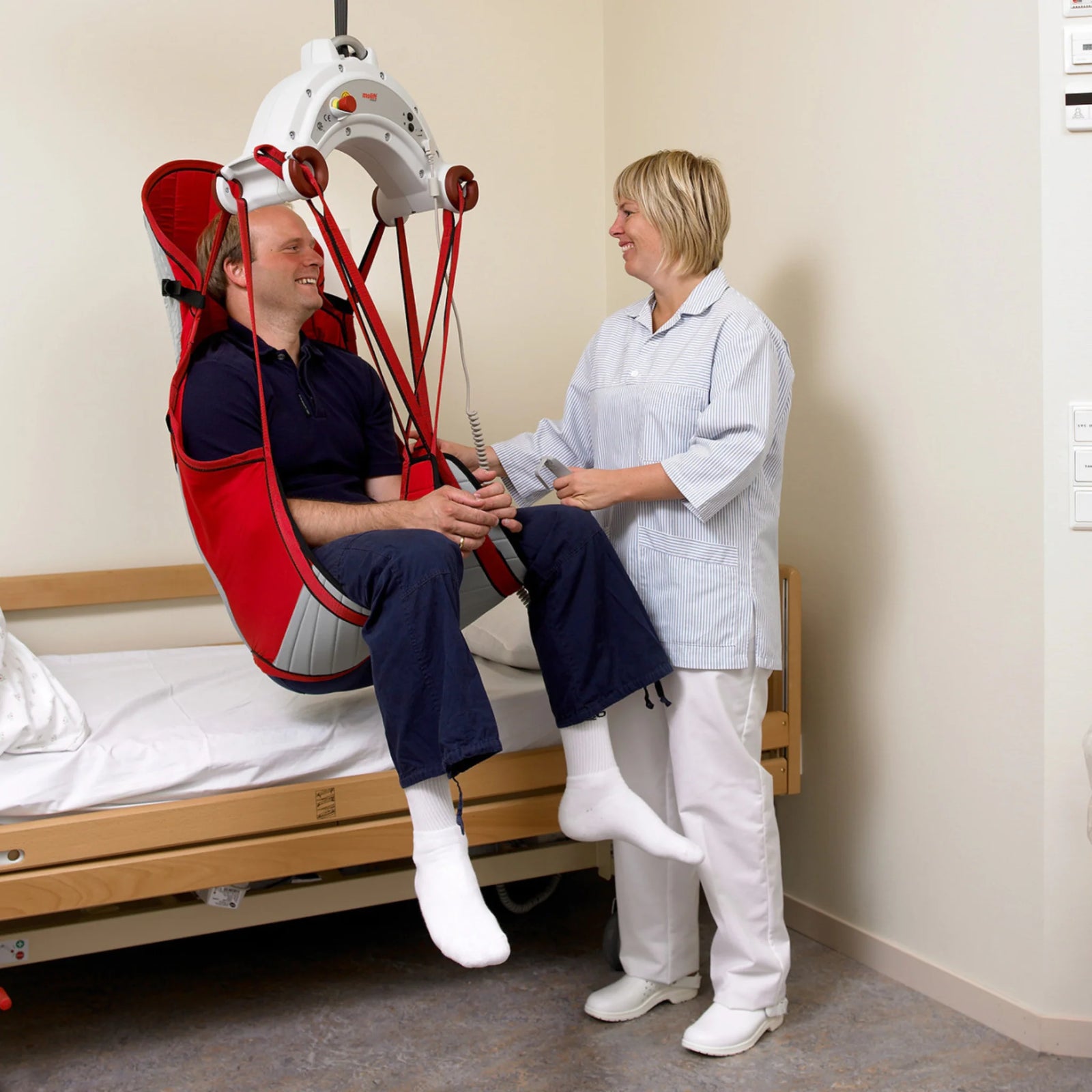Your Cart is Empty
Free shipping | Bulk Order Discounts | Best price guaranteed
Menu
-
- Home
- Shop By Category
- Moving + Handling
- Bathroom
-
Mobility Scooters
- Pavement Mobility Scooters
- Folding Mobility Scooters
- Lightweight Mobility Scooters
- 4mph Mobility Scooters
- 6-8mph Mobility Scooters
- Travel Mobility Scooters
- Lithium Mobility Scooters
- Car Boot Scooters
- Enclosed Mobility Scooters
- All Terrain Scooters
- 2 Person Scooters
- Mobility Scooter Storage
- Mobility Lifts and Hoists
- Mobility Scooter Canopies
- Seating
- Wheelchairs
- Rollators
- Beds + Mattresses
- Medical Equipment
- Powerchairs
- Health + Safety
- Help Centre
- Returns
- Price Guarantee
- Contact Us
-
- Speak With An Expert: 020 3576 3028
- Login

Free shipping | Bulk Order Discounts | Best price guaranteed
Add description, images, menus and links to your mega menu
A column with no settings can be used as a spacer
Link to your collections, sales and even external links
Add up to five columns
Add description, images, menus and links to your mega menu
A column with no settings can be used as a spacer
Link to your collections, sales and even external links
Add up to five columns

What is a Ceiling Hoist: A Comprehensive Guide to Lifting Solutions
October 16, 2024 6 min read
A ceiling hoist can be a game-changer for individuals with limited mobility. It is an overhead moving and handling device, typically mounted on the ceiling, designed to transfer people safely from one place to another without the need for physical lifting. This innovation not only saves space by eliminating bulky floor equipment but also makes daily activities much more manageable for both caregivers and users.

With various types available, ceiling hoists adapt to meet different needs. They can be installed as straight or H-track systems, depending on the layout and requirements of the space. For instance, some models allow for effortless movement across multiple rooms, as they run on a track system mounted to the ceiling. This flexibility ensures that everyday tasks like moving from bed to wheelchair are less stressful and more convenient.
Whether for personal use at home or in healthcare facilities, ceiling hoists can enhance accessibility significantly. By reducing the physical strain on caregivers, these devices create a safer environment and promote greater independence for those needing assistance. As more people look for effective solutions to improve mobility, understanding the benefits and options available with ceiling hoists is essential.
Key Takeaways
- Ceiling hoists are essential for safe and efficient transfers.
- Different types of ceiling hoists cater to varying needs.
- Ceiling hoists increase independence and safety in various settings.
Understanding Ceiling Hoists
Ceiling hoists are integral in the care environment, aiding mobility and patient handling. They play a crucial role in rehabilitation and can be used for single-handed care.

Definition and Core Functions
A ceiling hoist, also known as an overhead hoist, is a lifting device mounted on a track system fixed to the ceiling. It is used to transfer patients from one place to another without manual lifting by carers, thus reducing physical strain. This device promotes independence for those needing mobility assistance and ensures safety in various care settings.
These systems are particularly helpful in environments where space is limited. By removing the need for floor-based equipment, ceiling hoists optimise the room's utilisation. Caregivers can use the system effortlessly, enhancing the quality of patient care provided.
Different Types of Ceiling Hoists
Ceiling hoists come in several types, each designed to meet different needs. Some popular options include fixed, portable, and track-based systems. Fixed hoists are permanently installed and suitable for regular use in specific areas, like hospitals or care homes. They provide excellent stability and ease of use.
In contrast, portable patient hoists offer flexibility, allowing use across multiple locations or rooms. They are particularly useful for temporary setups or home care. Track-based systems involve a network of tracks covering more extensive areas, allowing for efficient movement between multiple points, such as from a bed to a bathroom.
Benefits of Using Ceiling Hoists
Ceiling hoists bring multiple benefits to both patients and carers. First, they improve safety by reducing the risk of injuries during transfers. By eliminating the need for manual handling, carers experience less physical strain, leading to healthier work conditions.
Moreover, these systems encourage a higher level of single-handed care. This means reduced staffing requirements and increased efficiency in care provision. Patients benefit from increased dignity and independence, as the hoist allows for smoother transitions between activities. Additionally, rehabilitation processes become more streamlined, offering continuous support for motion and exercise.
Overall, ceiling hoists are essential tools in modern care settings, enhancing quality of life through safe, effective movement solutions.
Implementing Ceiling Hoists in Various Settings

Ceiling hoists provide an efficient way to assist mobility and improve safety in different settings. They are valuable in healthcare, education and rehabilitation centres, and private homes. It’s important to consider installation factors and usage for optimal performance.
Ceiling Hoists in Healthcare Facilities
In hospitals and other care settings, ceiling hoists are essential for patient handling. They help move patients safely and efficiently between beds, chairs, and bathrooms. By reducing the need for manual transfers, they decrease the risk of injury for both staff and patients.
Healthcare providers, like Etac, offer advanced ceiling hoist systems. These systems often come with turntables, allowing smooth transitions in tight spaces. Implementing these hoists supports single-handed care, making it possible for caregivers to manage transfers alone, improving resource use.
Ceiling Hoists in Education and Rehabilitation Centres
In schools and rehabilitation centres, ceiling hoists play a crucial role in supporting students and patients with mobility challenges. They aid in various therapeutic activities, allowing individuals to engage in exercises and tasks safely.
These systems can be customised to fit the specific needs of the facility. They offer flexibility in therapy routines by accommodating diverse equipment and exercises. The easy operation of ceiling hoists helps create an inclusive environment where everyone can participate in activities without barriers.
Ceiling Hoists for Home Care
For those who need assistance at home, ceiling hoists are an excellent choice. They make daily tasks, such as moving from bed to a wheelchair, easier and safer. Installing a ceiling hoist in a private dwelling offers increased independence to people with mobility limitations.
These systems provide peace of mind by ensuring safe transfers, especially for single-handed care. Families can rely on them to reduce the physical strain of caregiving. It’s crucial to choose a hoist that fits the home's layout and the user's specific needs.
Considerations for Installation and Use
When installing ceiling hoists, consider structural requirements and space limitations. The tracks must be securely mounted, which might involve reinforcing ceilings. Proper alignment and coverage are essential for smooth operation.
It’s important to select a system that meets the specific needs of the setting. For varied environments, like multi-room dwellings or sprawling facilities, modular systems might be necessary. Training is critical; users should be well-informed about operating procedures and safety protocols to ensure effective and safe use of the hoist systems.
Top 5 Ceiling Hoists
1. Prism Medical Mackworth Essentials CT
The Prism Medical Mackworth Essentials CT delivers outstanding versatility, making it appropriate for diverse care environments. With its ceiling-mounted design, it maximises floor space and improves manoeuvrability, making it a perfect choice for both professional and homecare settings. Learn more about the Prism Medical Mackworth Essentials CT.

2. Winncare Luna Twin
The Luna Twin offers two lifting capacities: 275 kg and 400 kg. It features a soft start/stop function and emergency lowering, making it a versatile choice for various lifting needs. Find details on the Luna Twin Ceiling Hoist.

3. Handicare DHG Rise Atlas 625M
Designed for bariatric care, the DHG Rise Atlas 625M handles up to 285 kg. This user-friendly system ensures safety and comfort for both the caregiver and the patient. More information is available about the Rise Atlas 625M.
4. Etac Molift Air 350
The Molift Air 350 is noted for its smooth performance. It supports heavy lifting with a 350 kg capacity, promoting an efficient and comfortable transfer experience. Discover the features of the Molift Air 350.

5. Wispa 100 Series
The Wispa 100 Series is tailored for patient care. It provides secure transfers from beds or wheelchairs, serving as an excellent standing and gantry hoist solution. Explore more about the Wispa 100 Series.

Frequently Asked Questions

Here you will find answers to common questions about ceiling hoists, including costs, operation details, and installation procedures.
How much does a ceiling track hoist typically cost?
The cost of a ceiling track hoist can vary widely depending on the model and features. Typically, prices range from around £2,000 to £5,000. It's important to consider the specific needs and customisations required for the user's environment, as this can affect the overall cost.
Can you explain how to operate a ceiling hoist?
Operating a ceiling hoist involves several key steps. First, ensure the hoist is securely attached to the ceiling track. Use the remote control or manual switch to move the hoist along the track. Attach the appropriate hoist sling to the hoist, making sure the user is securely positioned before lifting and moving to the desired location.
What are the key steps involved in installing a ceiling track hoist?
Installing a ceiling track hoist requires careful planning and execution. First, assess the ceiling structure to ensure it can support the hoist system. Next, install the rail system, ensuring it is aligned properly. Finally, mount the hoist motor onto the track, test the system thoroughly, and provide training for users. This process should be carried out by qualified professionals, like those found with many ceiling hoists system.
Also in Blog

What Does Moving and Handling Training Involve? Key Components
January 06, 2025 4 min read
Read MoreSubscribe
Sign up to get the latest on sales, new releases and more …

